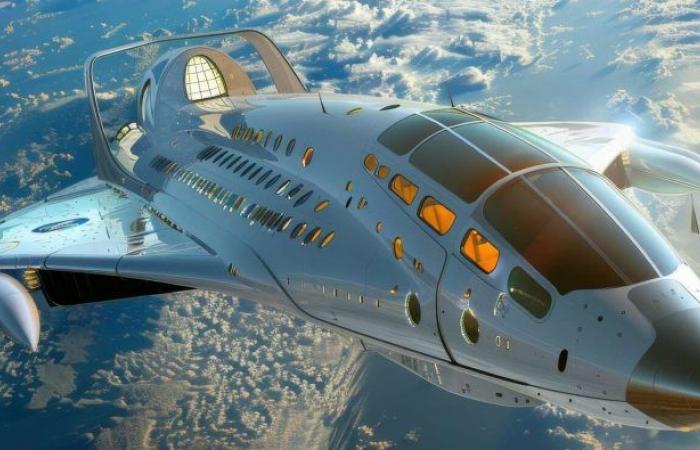As commercial space travel becomes more mainstream, the space tourismspace tourism is becoming increasingly accessible to the masses, it is conceivable that individuals with various underlying health conditions, such asheart failureheart failuremay be included among these future space tourists.
This changing demographic of commercial space travelers, which increasingly includes older, wealthy and potentially less healthy people, contrastcontrast with professional astronauts who benefit from regular health check-ups and intensive physical training. Therefore, it is imperative to integrate a more inclusive approach to health issues, such as heart failure, diabetes and other chronic conditions, into space mission planning. Heart failure, which affects more than 100 million people worldwide, is of particular concern in this context.
The Polaris Dawn mission marks a historic turning point in the history of human spaceflight
With this in mind, studies are aimed at assessing the effects of microgravity, the space environment, and other factors on the health of space tourists, with a focus on pre-existing medical conditions. The inclusion of nonprofessional astronauts with pre-existing health conditions requires a thorough understanding of the impact of microgravity on these individuals. The unique cardiovascular challenges posed by space travel could significantly affect patients with heart failure, warranting further study in this area.
To understand the importance of better understanding the risks that space tourists with heart failure might face in space, it is important to know that in space, the human body undergoes significant changes. One of the most notable effects is the redistribution of body fluids, causing what is commonly called syndromesyndrome of the “paw ofbirdbird “swollen face.” This fluid shift results in reduced venous pooling in the legs and increased venous pressure in the upper body. In healthy individuals, the cardiovascular system can adapt to these changes, but in patients with heart failure, the risks are significantly higher.
A mathematical model of the heart and lung system
In a study published a few days ago in Frontiers in PhysiologyDr Lex van Loon, an assistant professor at the Australian National University and the University of Twente in the Netherlands, and his co-authors used a mathematical model of the heart and lung system to “ simulate the effects that microgravity might have on people, who are not trained astronauts, with heart health problems ».
By adjusting the parameters of this computer model, this team of scientists was able to ” predict with a high degree of accuracy how heart failure patients might react during space travel ” These simulations revealed that ” entry into microgravity increases the cardiac flowcardiac flow in all individuals. However, in patients with heart failure, this increase in cardiac output is accompanied by a dangerous increase in left atrial pressure, which can lead to edemaedema pulmonary, a condition in which fluid builds up in the lungslungsmaking breathing difficult “, says Dr. Lex van Loon.
Virtual reality and AI to improve mental health of astronauts and patients
This team’s research highlights the ” need for comprehensive health screenings and personalized medical plans for space tourists with underlying health conditions “. Furthermore, these results highlight the importance of ” continue research into the long-term effects of space travel on cardiovascular health “, so future studies should focus on ” prolonged exposure to microgravity and the cumulative impact of comorbiditiescomorbidities in patients with heart failure ” concludes Dr. Lex van Loon.
The role of human digital twins
A promising avenue for future research and space travel safety is the development of human digital twins. A digital twindigital twin human is a highly detailed virtual model of an individual’s physiological systems. By creating these digital replicas, it is possible to simulate various scenarios and predict how different conditions, such as microgravity, might affect an individual’s health. This approach allows for personalized risk assessments and tailored countermeasures. This personalized model could help identify the most effective pre-flight preparations and in-flight interventions, thereby improving the safety and well-being of space tourists with heart conditions.






